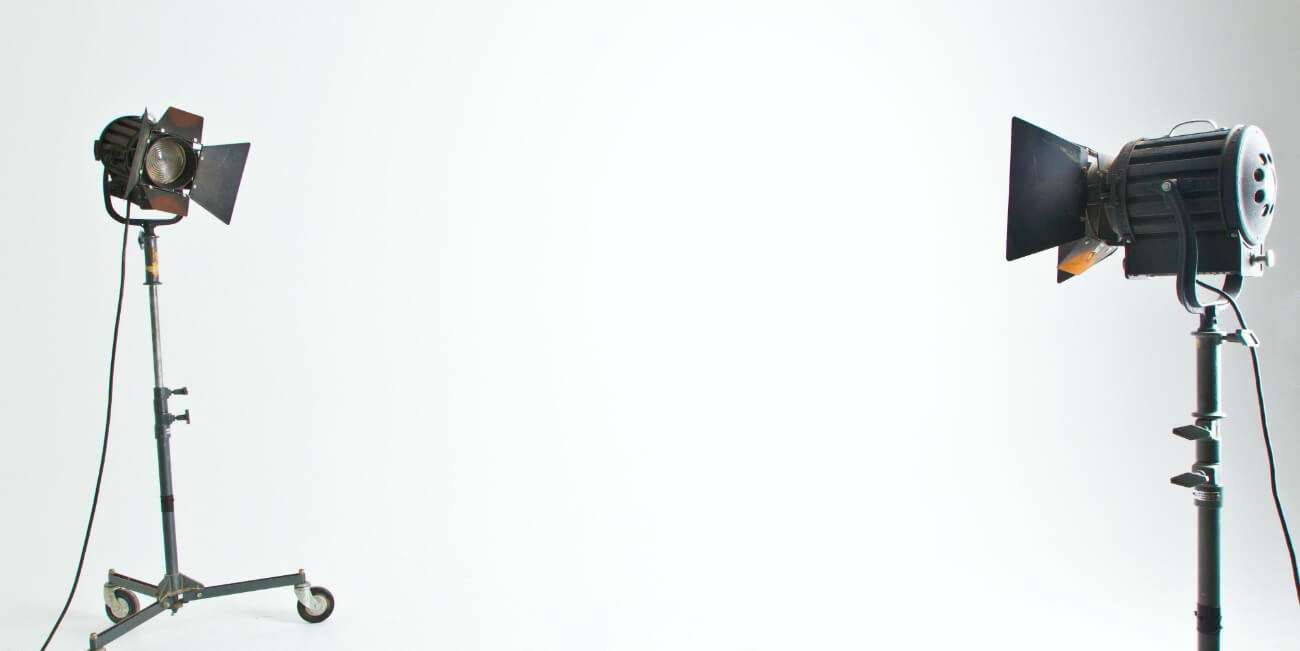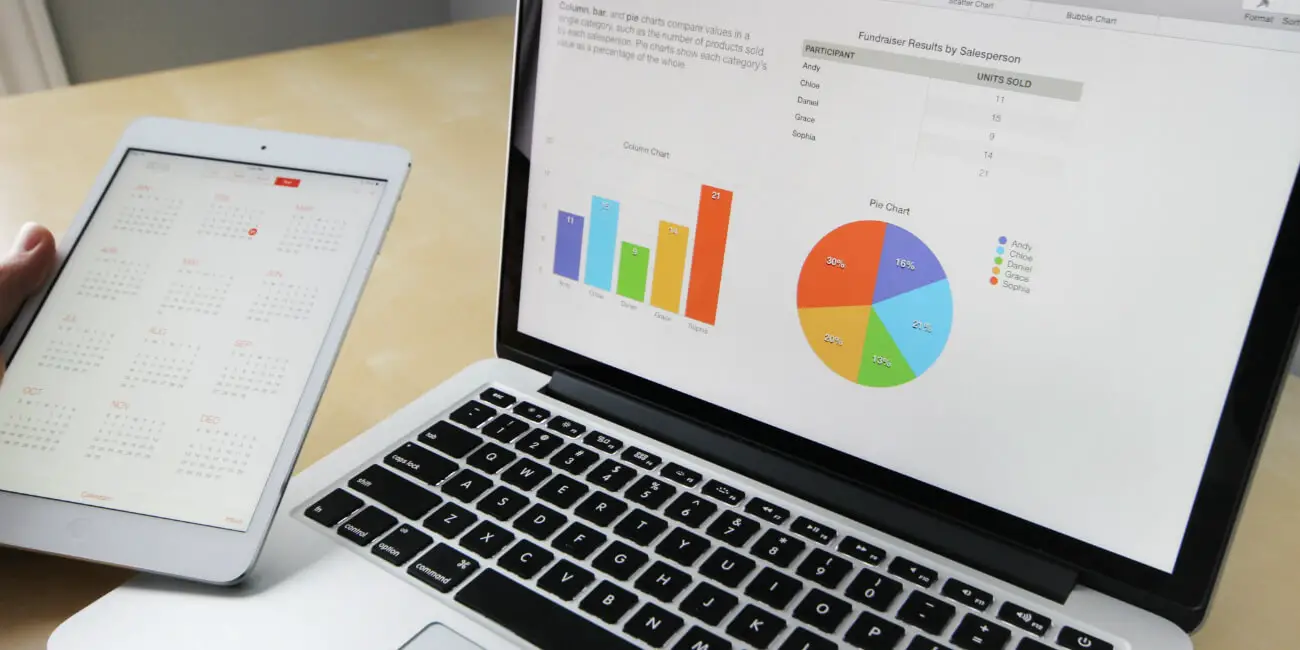
Four tips to increase banner ad conversions on your website or blog
Visual (banner) advertisements are often the first type of ad that website owners and bloggers engage in..
When I first began my blogging career, I was quick to research and study the ways of website generated revenue- specifically, through banner ads. Banner ads are relatively simple to implement (if you use a website builder, they’re even easier to place) and they can help website owners collect revenue for shared sales, clicks, referral traffic, and more. The secret is knowing how to use banner ads effectively, to engage website visitors, while still providing a good user experience. In fact, proper use of banner ads is just one of many important topics to consider when talking about increasing website traffic!
There are people who believe that banner ads are no longer (2020) an effective source of revenue. What I’ve found, is that this is likely the result of an inability to adapt to the changes of user search behavior and intent, which is actually something I talked about in greater detail in this article about 6 ways to get more traffic to your website. Today, I want to share four specific tips for getting better engagement on your website banner ads, that you can implement immediately and start seeing results.
On a side note, if you’re still in the process of learning about banner ads, or looking for the best ad network to join, here’s an article I wrote a while back about my journey of leaving Google Adsense, to other networks, such as AWIN.
Also, I made a video form of this article, which you can watch on YouTube, if you prefer a visual walkthrough of what I’m talking about. :) Let’s get to it!
Four tips to increase banner ad conversions on your website or blog
- 1. Start using side panel banner ads
- 2. Use banner ads with relevant content
- 3. Place banner ads above the fold
- 4. Use higher quality banner ads
1. Start using side panel banner ads
Depending on how your website or blog is built, you likely have ideas for where ad units should go. Traditionally, ad units are placed in-line with your website content, or in the form of a popup when a user navigates over a keyword or clicks a link. These can work just fine, but the first tip I have for getting better conversions on your banner ads, is to place ad units in a side panel that scrolls with the user as they navigate your page. If you’re on desktop, you should see this on the right side of this article.
Because most visitors will be navigating quickly through your website, those in-line ads that you so meticulously place, won't have the time they need to leave an impression on them, which reduces chances of conversion. What I’ve done on Millennial Moderator is added a banner ad that scrolls along with the user, so that no matter how fast they are digesting the website content, that banner ad is always there for them to see.
Now, the challenge is to ensure that your user experience is not compromised. My solution for this has been to restrict the side panel ad, so it only shows up on screens greater than 700px. If you visit this article on mobile, or just resize your browser window, you’ll see the banner ad disappear (it actually gets moved, but not going to get into that today). Some websites will have similar types of “sticky ads” located on the bottom or top of their page. Depending on how your website is set up/flows, you should work to have at least one, engageable asset that keeps up with the visitors as they navigate your site. Be extra careful with mobile sticky ads though, as a clustered display can drive away traffic.
Tl, dr: Place sticky ads on your website that scroll along with the user, to increase likelihood of conversion, but don’t compromise the user experience (ie covering the entire site with ads).
2. Use banner ads with relevant content
This might be a broken record to some, but ADS WON’T CONVERT UNLESS THEY’RE RELEVANT TO THE READER. It’s naive to think that a website focused on the automotive industry, will be able to convert customers that are interested in fashion. Is there a gray area that could be explored? Probably. I just don’t recommend it if you want to optimize your website for the greatest chances of genuine, high quality ad conversions!
Take some time to read through your content and create avatars of the “ideal reader” who would be looking at your site. What has brought them there? What question does your website answer for them, and how can you add supplemental value to their discovery process, through a banner ad? This ultimately comes down to knowing your customers/readers. That in itself, can take some time to develop and understand.
Another tip for relevant content, is to make sure your ad units are not too big and not too small. Too big and you’ll obfuscate the meaningful content on your site (and also appear like a total noob). Too small, and you won't have enough visibility on the ad units, which will decrease chances of conversion. There are a variety of ad unit sizes, types, shapes, etc. Check out the video version of this article (link), where I share some visual examples of the ad unit types that are used on Millennial Moderator.
Tl, dr: Make sure your banner ads give supplemental value to the content of your website or blog. Make sure the ads aren’t too big or too small, but just right.
3. Place banner ads above the fold
In case you’re not familiar, “the fold” is the first part of your website that loads, when someone clicks or navigates to it. This is typically the top of your page, and is the part of your site/blog that will have the most visibility and interaction, statistically speaking. If you’ve ever clicked a link, seen the page that pops up, then left, you’ve only interacted with the “above the fold” section of that page. MANY people only spend a fraction of a second on a webpage, before leaving. Better use that split second of their attention wisely!
Based on this assumption, you should make it a goal to place a banner ad above the fold, so more people are likely to see it and consider engaging with it. Try visiting your website in an incognito browser, and see what part of your page pops up first. Whatever it is, it should be optimized to give immediate value to the reader, and also a banner ad, to increase chances of conversion.
Tl, dr: Place banner ads in the section of your website/blog that loads before any scrolling or navigation is required. This can help increase conversion rates.
4. Use higher quality banner ads
Sure, you can use ads that fit the topic of your article, that stick with the user as they scroll and are located above the fold, but if these banner ads are ugly/unclear, all your efforts are in vain. Advertisers spend a lot of time creating effective messaging in their ads that speak to their target user base, but this user base might not be the same as yours (or not specifically enough). There’s also the design aspect of banner ads. I’ve seen some ads that look like they were designed by a six year old, with blurry text, low quality images, and no directive action. Take some time to find the ads that make you want to click them, and they will be much more likely to resonate with your website visitors as well.
Tl, dr: Use banner ads that have clear text, clear messaging, and don’t look like they were designed by a six year old.
Conclusion
In conclusion, banner ad conversions are not as impossible as some may claim. We live in a value-driven age, and the more value that we can provide to our website visitors (in content, as well as suggested advertising), the better chances we have to create a meaningful experience that converts. Try these tips and let me know if any of them are helpful, by tweeting at me directly!
If you enjoyed this Mod, you might like to read more about how why social proof works for increasing conversion rates! Please share this Mod using the social links below. Any questions or comments? Let us know on Twitter!

